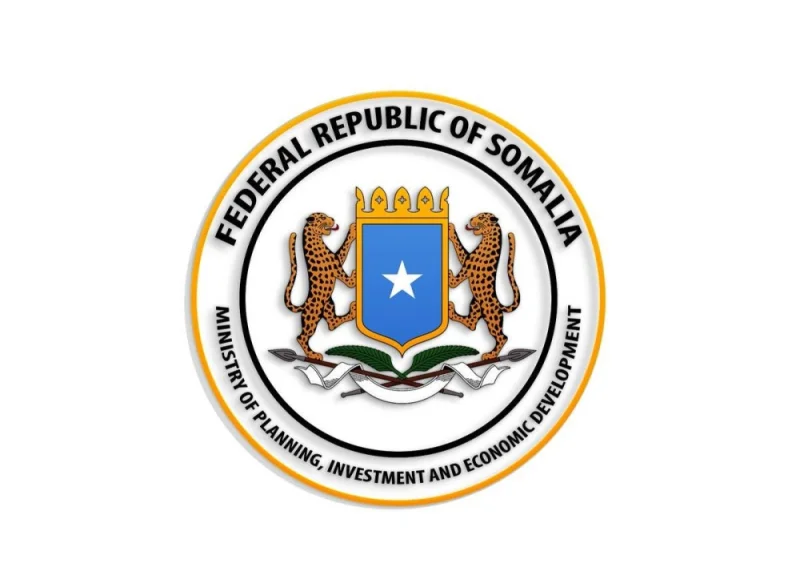- Details
- East Africa
- 370
The Federal Republic of Somalia expressed its appreciation for the efforts made by the State of Qatar in the constructive mediation that led to the signing of a Declaration of Principles between the Government of the Democratic Republic of the Congo and the Congo River Alliance/March 23 Movement, praising the vital role played by Doha in facilitating the talks and bringing the parties to the negotiating table.
Somalia also welcomed the signing of the Declaration of Principles, considering this development a positive step toward restoring peace and stability in the eastern region of the Democratic Republic of the Congo.
Somalia affirmed its solidarity with the peoples of the Democratic Republic of the Congo and the Great Lakes region in their pursuit of peace, security, and prosperity, and remains committed to supporting all regional and international efforts aimed at achieving stability and sustainable development.
The State of Qatar hosted the signing ceremony of the Declaration of Principles between the Government of the Democratic Republic of the Congo and the Congo River Alliance/March 23 Movement. This step is seen as a significant development in the ongoing efforts to achieve peace and stability in the eastern Congo region.
The signing of this declaration is the result of the State of Qatar's diplomatic efforts over recent months, during which it worked to create a conducive environment for constructive dialogue between the two parties, paving the way for a peaceful resolution to the longstanding conflict in the region. Gulf Times





